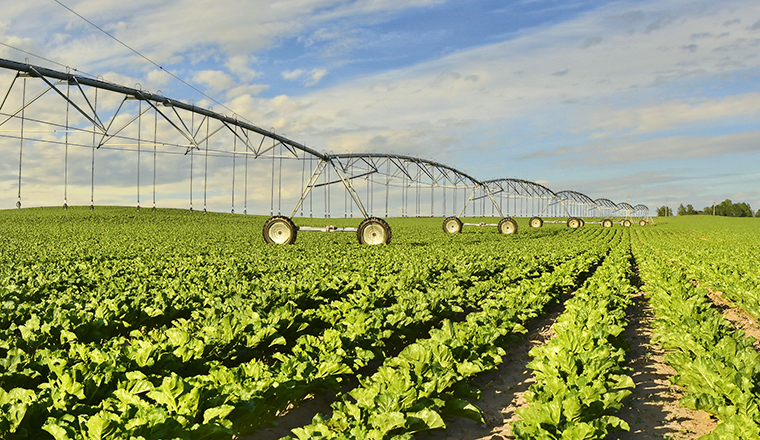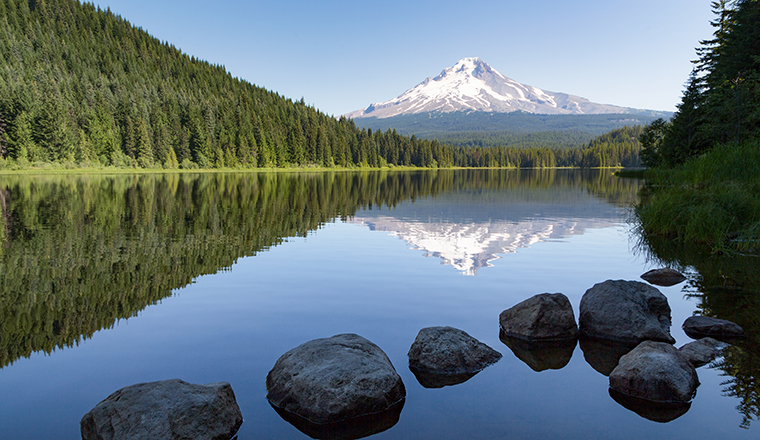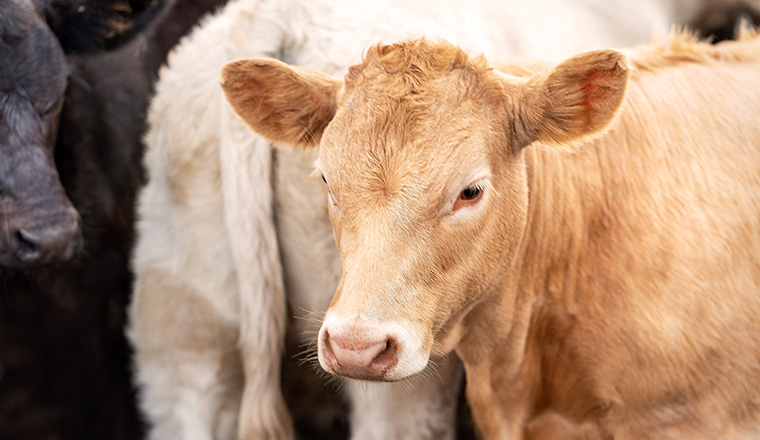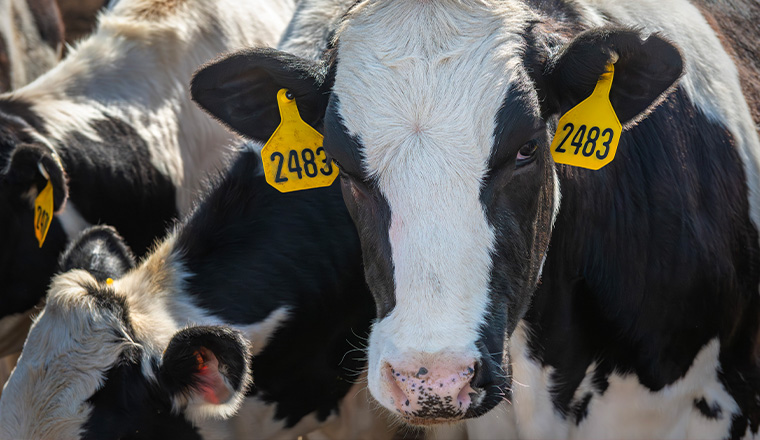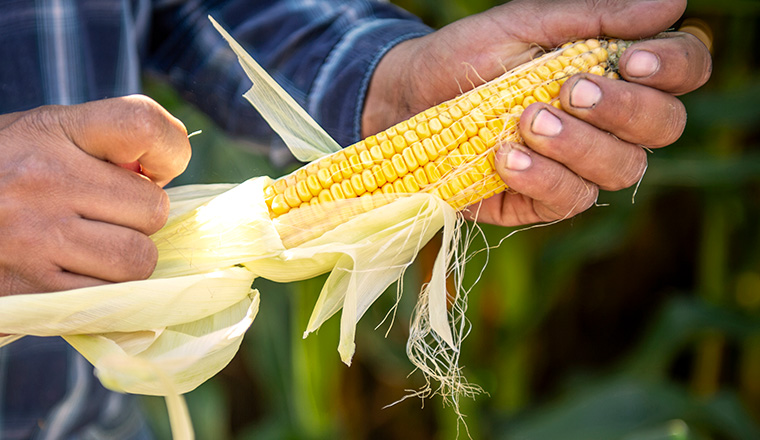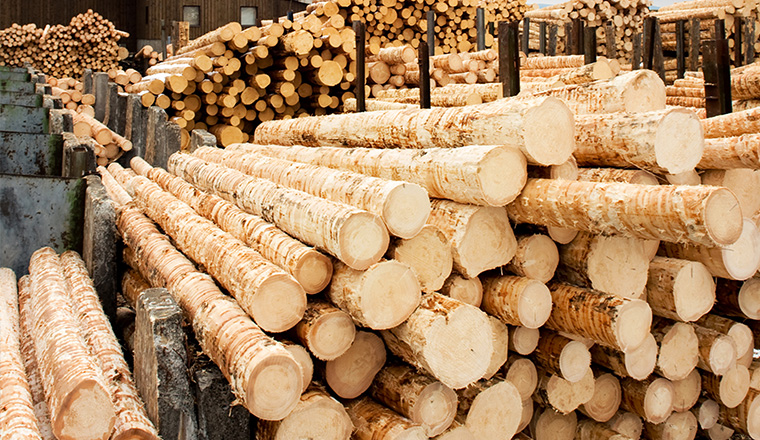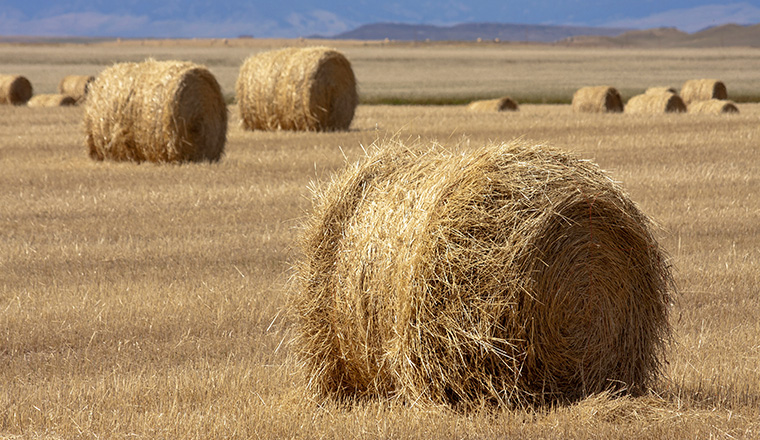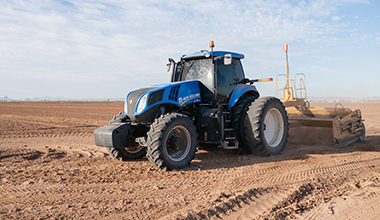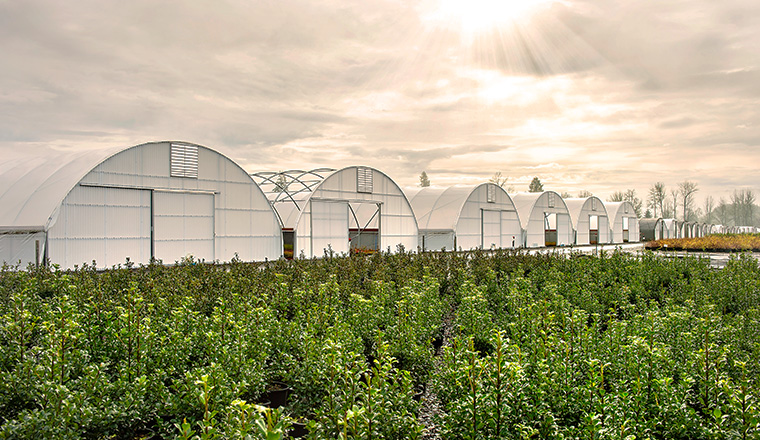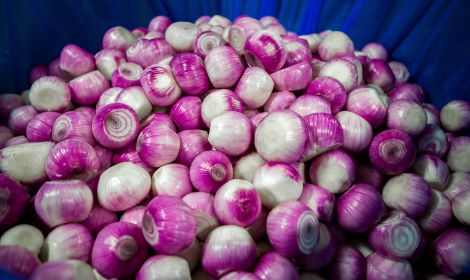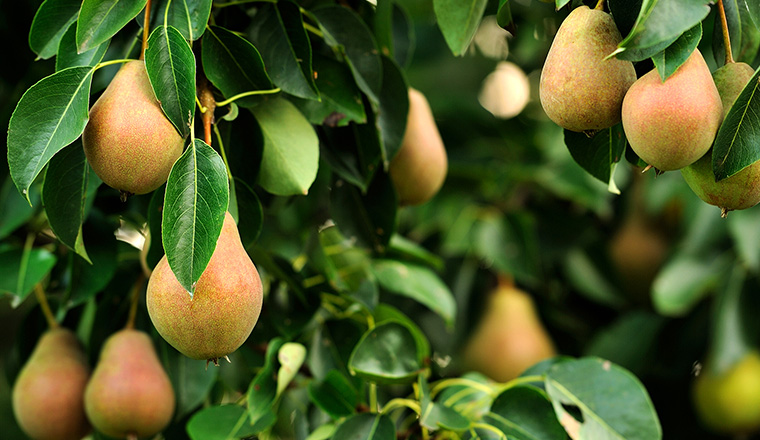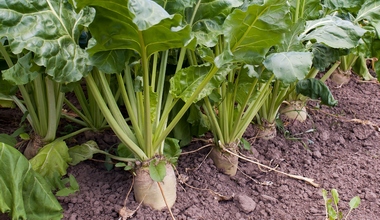Industry Insights

Industry Insights
Farm and Ranch Land Perspectives
Questions often center on whether it is a good investment. People often ask: Should I purchase the neighbor's property? Will the land cash flow? What are the trends in land values? Are there any do's and don'ts when considering land purchases? Let’s address answers to some of these common questions.
Balance sheet perspectives
Farm and ranch land are critical elements of the financial statements of many agricultural businesses. Historically, the land category on the national farm balance sheet has been over 80% of total assets. Much interest in land trends and values comes from lenders, policymakers, producers and investors assessing the economic and financial health of the agricultural industry.
Producers often use farm and ranch land to borrow for growth and to expand their business. Others use this asset as a wealth generator and for diversification of investments. In other cases, farm and ranch land will be pledged as the last resort shock absorber for refinancing and restructuring if profits, cash flow and financial liquidity are not available.
In recent years, the value of farm and ranch land has increased, particularly for livestock producers with nutrient management plans who implement conservation, sustainability, and regenerative soil and water practices. In many regions of the country, farmland values have grown due to recreational value, development, country living, lifestyle farming and agricultural carbon credits.
History of land values
Drawing on the work conducted by Dr. Steve Isaacs, Extension Professor of Agricultural Economics at the University of Kentucky, provides an interesting perspective concerning trends in land values. His analysis provides the annual percentage change in U.S. farm real estate values from 1910 through 2022.
Since 1910, farm and ranch land values have appreciated or remained stable approximately 80% of the time. Large appreciation in values occurred in World War I, World War II, and Korean War eras. The 1970s and the mid-2010s also experienced a large appreciation in land values. Appreciation peaked in each era at more than 20% percent year over year. The strongest sustained appreciation gain was in the 1970s with well over 10% per year for the majority of the decade.
If one starts the analysis at the beginning of World War II, the value of farmland appreciated or remained stable nearly 90% of the time. Land values declined in the 1920s and of course in the Great Depression of the 1930s. During the depression, farmland values declined 10% to 30% year over year nationally. Land values declined nationwide for about five years in the middle of the 1980s decade. The largest annual declines were slightly under 10%. Since the turn of the century, land values have only declined twice.
The Great Recession of 2009 saw the largest decline. Most of the farm and ranch land value declines were in the Sunbelt states including Florida, Arizona, Texas and Southern California. In the mid-decade of 2010 to 2020, a slight decline in farm and ranch land values occurred. However, the largest declines occurred in the farm belt states. Farm real estate in the South, East and West Coast actually appreciated.
In recent years, nationwide farm real estate values have increased by 5% to 10% annually. This was the result of high commodity prices, government payments and low interest rates. This increase in value was before the inflated input costs and the doubling of interest rates to subdue inflation.
1980s and 2020s Comparison
Will the agriculture industry experience another downturn like the 1980s that may impact land values? This is becoming a more common question asked in speeches and seminars by agriculturalists as inflated costs and higher interest rates materialize.
Farm and ranch land values have been much more resilient than in the 1980s due to a convergence of events. In the 1980s, baby boomer farmers were in the process of purchasing land from their parents and grandparents of the Great Depression and World War II era. Spurred on by the Russian Wheat Deal and higher commodity prices, they were in full growth mode. Of course, the collapse of the commodity prices along with a spike in interest rates and inflation created profit and cash flow issues. This led to a financial liquidity crunch, particularly as operating monies became less available. With no other options, land had to be sold, which caused too much supply and too little demand. This resulted in the collapse of land values over the 1980s decade, particularly in the heavy farming regions.
Fast-forward to the decade of the 2020s and the same baby boomer farmers and ranchers that survived the 1980s are now in the later stages of ownership and life. These individuals have built considerable wealth on the farm balance sheets through profits and land appreciation. In some regions of the country, many of these farmers have little or no debt. Thus, the demographics of ownership will play a critical role in the resiliency of land values in the 2020s despite rising interest rates and inflated costs.
Next, programs such as crop insurance and other government monies for environmental and conservation practices are resulting in resiliency in land values. The rural migration, mentioned earlier, has resulted in the development of rural residences along with lifestyle farms and ranches that have appreciated in value.
Incentives to purchase land for solar and wind payments and water and mineral resources have added to income streams for existing producers and outside investors. These factors all add up to the premise that there is a low probability of a land value collapse for an extended period of time.
The TINA effect
My past discussions with prospective land purchasers have centered around the “TINA” effect, which is an acronym for “there is no alternative.” With increased interest rates, investments in land now have competition with alternative investments such as certificates of deposit (CDs), treasuries and money market accounts. A close watch on interest rates and inflation-adjusted returns on these alternative investments will impact the overall demand for land as the baby boomers age and become more conservative in their investment patterns.
The Rule of 78
As the baby boomer generation ages out and the transition of farms and ranches accelerates, demographics will play a major role in land investments. Baby boomer farmers and ranchers will continue to purchase farmland until approximately 2033, when the baby boomer generation reaches the average age of 78. The first baby boomers will be 78 in 2024 and the last ones in 2042.
For some individuals, the age range of 75 to 80 finds mental and physical health issues that can accelerate the transition of assets. Seventy percent of lifetime healthcare costs occur in the last year of life. Nursing home, adult care and uninsured expenses compounded with family members outside the business seeking to cash out can create financial liquidity issues. This is backed up by some recent studies that found that 60% of farm real estate is now being sold in estate sales or to settle estates. This often results in splitting up farms and ranches into parcels that are purchased by growing producers or investors. The demographics of the baby boomers will play an increasing role in farmland dynamics in the decade ahead.
Should I purchase land?
“Should I purchase land?” is one of the top questions asked at seminars and during informal conversations with participants. This question is very prevalent amongst young farmers and ranchers, particularly those in their 30s and 40s. The following are some of the filters to use when discussing and during the decision-making process of purchasing land.
What are your business, family and personal goals? One needs to outline both short-term and long-term goals. Short-term goals are one year or less while long-term goals are three to five years and beyond. How will the land acquisition fit into the future plans for all individuals and stakeholders involved?
Will the land acquisition be financed using debt or self-financed? Will other sources of equity, cash or possible outside income be utilized for down payments and debt payments? How will a land purchase impact working capital and key ratios such as the term debt and lease coverage ratio used in assessing repayment ability? While specific financial targets are different for each operation, a key when purchasing land is to maintain a strong current ratio of 1.5 to 1.0 and working capital to expenses of at least 20%. Financial liquidity is a shock absorber that the prudent land investor has used historically to weather a three- to five-year downturn in values.
Purchasing land, as demonstrated in this discussion, is not a sprint unless you are flipping land for investment. It is a marathon. Keep in mind that being profitable and cash flow challenges initially can result in capital appreciation over a period of time, which history has proven.
Finally, purchasing land with a strong financial and business IQ can provide the necessary practices for long-term profitability and cash flow stability. These elements can place the odds in your favor in the land investment game plan.

